ruth stout style
ceresone
19 years ago
Related Stories

DESIGN DICTIONARYElephant Leg Column
Weigh this stout architectural element if you're going for a Craftsman-style exterior or interior
Full Story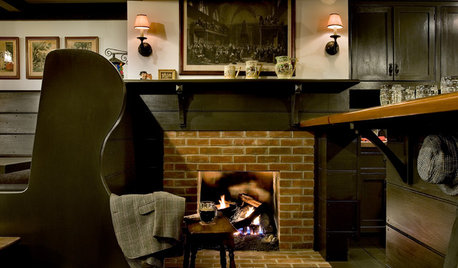
BASEMENTSBasement of the Week: London Pub Ambience in Upstate New York
Dark as a Guinness stout and cozy as a Shetland sweater, this U.K.-style basement bar has everything a pub lover could want
Full Story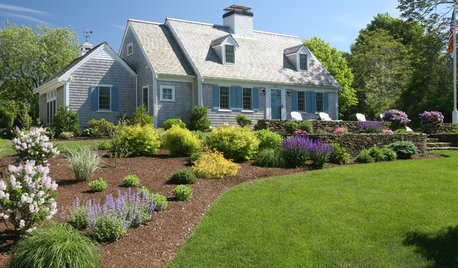
ARCHITECTURERoots of Style: Cape Cod Evolves Into an American Favorite
With its simple gabled roof forms and straightforward design elements, the Boston-area style maintains a centuries-long following
Full Story
COASTAL STYLEKitchen of the Week: Beach-House Beauty With a Practical Style
A seaside kitchen in Cornwall, England, has a relaxed, nautical feel but is sturdy enough for rental traffic
Full Story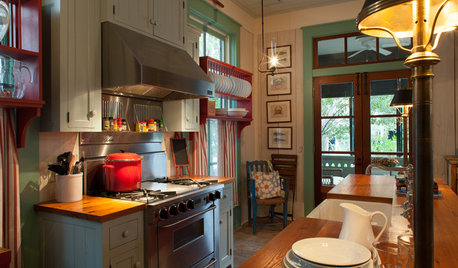
TRADITIONAL HOMESHouzz Tour: Lessons in Florida Cracker Style From a Vacation Home
This casual vintage home style is making a comeback. See the defining features up close in this relaxed house built for a crowd
Full Story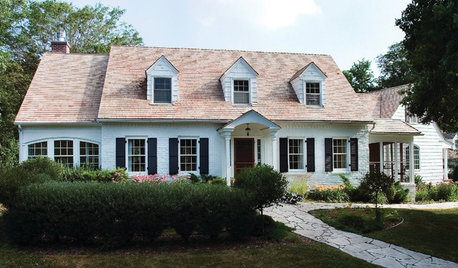
TRADITIONAL ARCHITECTURERoots of Style: Georgian Homes Offer Familiarity Through the Ages
Americans have been embracing this interpretation of classical architecture since the 1700s. Does your home show off any Georgian details?
Full Story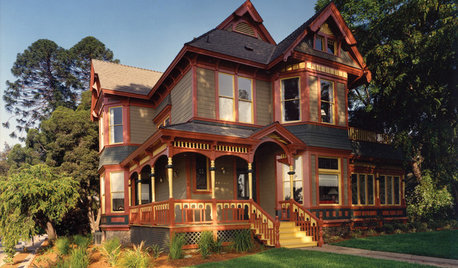
ARCHITECTURERoots of Style: Does Your House Have a Medieval Heritage?
Look to the Middle Ages to find where your home's steeply pitched roof, gables and more began
Full Story
PATIOS6 Patio Cover Types to Shade You in Style
Protect yourself and your deck from the blazing sun with umbrellas, cloth, built structures — or nature's perfect shading solution
Full Story
TRADITIONAL HOMESHouzz Tour: Shingle-Style Massachusetts Home With a Global Outlook
A rich mélange of African, midcentury modern and vintage treasures adds depth to a colorful new home with water views
Full Story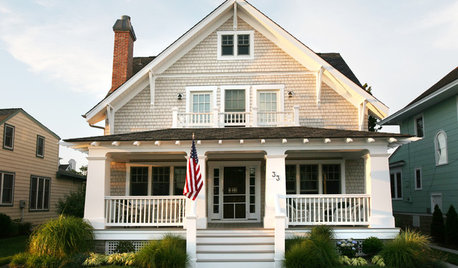
FUN HOUZZHouzz Quiz: What Style of House Should You Live In?
Does your heart belong to midcentury, traditional, farmhouse or something else? Take our quiz to find out
Full Story





lambeaufan71
Millie_36
Related Professionals
Derry Landscape Architects & Landscape Designers · Redondo Beach Landscape Architects & Landscape Designers · Towson Landscape Architects & Landscape Designers · Wareham Landscape Architects & Landscape Designers · Goodyear Landscape Contractors · Mooresville Landscape Contractors · Concord Landscape Contractors · Elkridge Landscape Contractors · Ellensburg Landscape Contractors · Essex Landscape Contractors · Midland Landscape Contractors · Parker Landscape Contractors · Rockville Landscape Contractors · West Chester Landscape Contractors · Chicago Ridge Landscape Contractorsposy_pet
ceresoneOriginal Author
kaye
gldno1
Millie_36
gldno1
mogardener
jayreynolds
strong
jayreynolds
chrislyn
gldno1
sunnyside1
helenh
gldno1
christie_sw_mo
sunnyside1
kadasuki
gldno1
esteban_2009
helenh
ceresoneOriginal Author
helenh
pkboval_aol_com
gldno1
ceresoneOriginal Author
teeandcee
ceresoneOriginal Author
captaindirt
fuzzy
christie_sw_mo